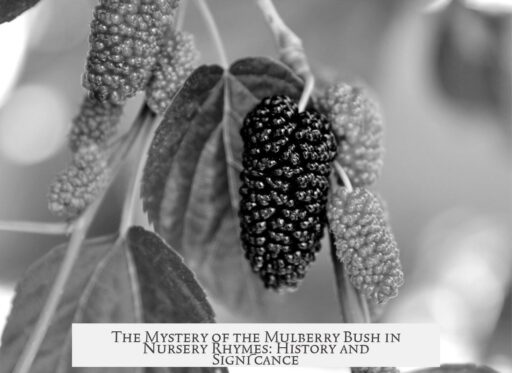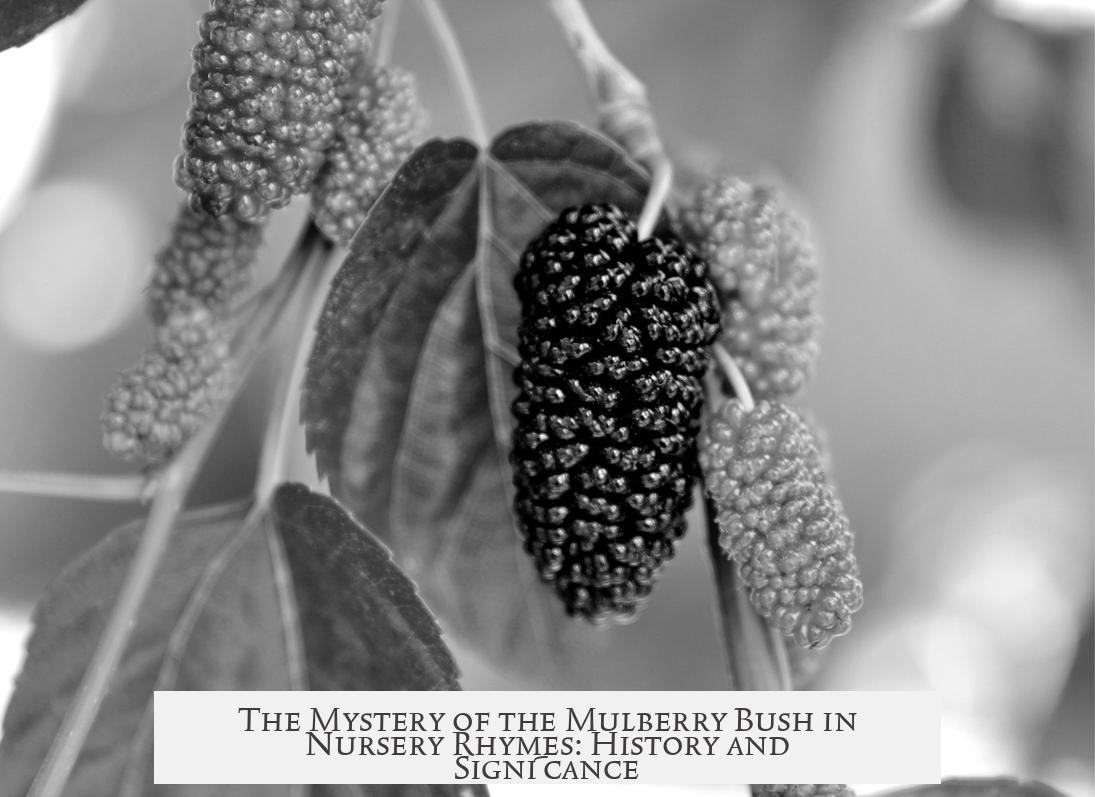Several nursery rhymes feature a “mulberry bush” because mulberries can grow both as trees and bushes, and the terms have been used flexibly in folk traditions. This usage is accurate, as mulberries do not only grow on large trees but also on smaller, bush-like plants. Some varieties naturally grow as bushes, and others can be trained to take that form. Thus, the “mulberry bush” phrase in nursery rhymes aligns with botanical facts and cultural usage.
Mulberry plants belong to the genus Morus. These plants vary in size and shape, ranging from small shrubs with multiple stems to large trees with a central trunk. The distinction between bush and tree depends on growth patterns rather than species differences. Gardeners often cultivate mulberries in either form. Therefore, the idea that mulberries only grow on trees is a misconception.
The phrase “here we go round the mulberry bush” appears in a well-known English nursery rhyme. Historical research suggests that the song has particular cultural origins. One theory traces it to England’s Wakefield Prison more than 400 years ago. Female prisoners exercised outdoors around a mulberry tree growing in the prison yard. This provides a tangible context for the rhyme’s reference.
Another explanation connects the rhyme to Britain’s silk industry. Mulberry trees host silkworms, crucial for silk production. Britain attempted to develop silk production in the 18th and 19th centuries but faced challenges as mulberry trees were sensitive to frost. The cold and frosty morning in the rhyme may be a subtle comment on these difficulties.
| Aspect | Details |
|---|---|
| Mulberry Growth | Grow as bushes or trees, variety in form |
| Wakefield Prison | Rhyme linked to prisoners exercising around a mulberry tree |
| Silk Production | Rhyme possibly references attempts at silk farming in Britain |
In sum:
- Mulberries grow on bushes and trees; terms used interchangeably.
- The nursery rhyme reflects historical and cultural settings, like Wakefield Prison.
- It may also hint at Britain’s historical silk industry struggles.
- The phrase’s botanical use remains accurate within these contexts.
Why do several nursery rhymes feature a “mulberry bush,” given that mulberries do not grow on bushes?
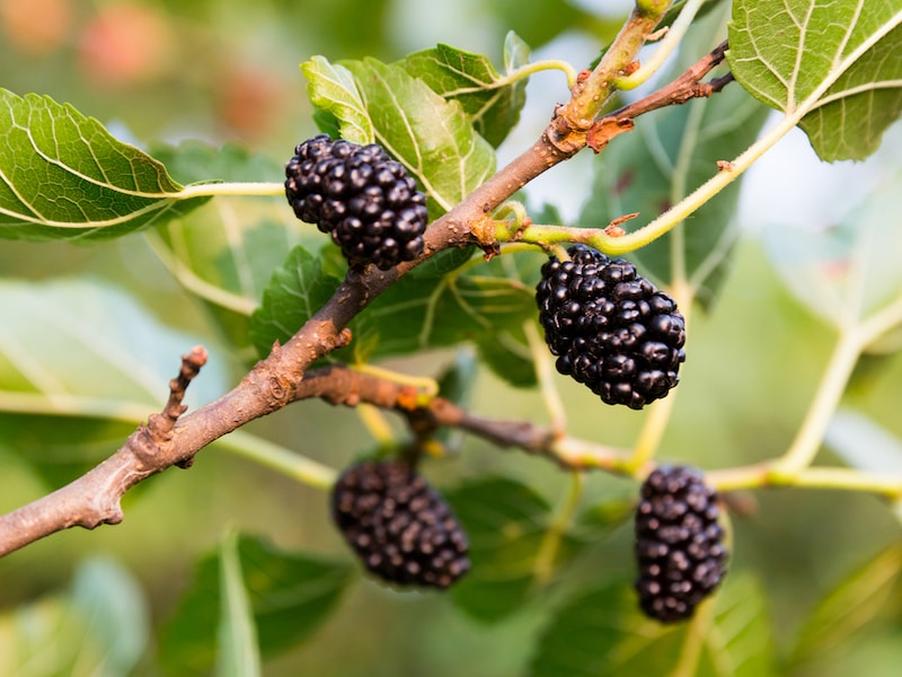
Let’s clear the air right off the bat: mulberries do grow on bushes as well as trees. Yes, you read that correctly. The popular belief that mulberries only grow on trees is a myth. Mulberries (genus Morus) can be either a tree or a bush depending on their growth pattern and how they’re cultivated. This little botanical detail unlocks the mystery behind why nursery rhymes like “Here We Go Round the Mulberry Bush” feature these so-called bushes.
You might be wondering, “How can the same plant be both a tree and a bush?” Well, it’s all about size and growth. Trees generally have a single main trunk and grow tall, while bushes (or shrubs) are shorter and have multiple stems closer to the ground. And guess what? Some varieties of mulberries are perfectly happy playing both roles. They can be trained to grow either way. So, seeing mulberry bushes in old European folk songs isn’t just poetic license — it’s botanical fact!
Understanding this changes the whole scene. Suddenly, when children sing about running around a “mulberry bush,” they’re not visualizing some impossible plant. It’s grounded in reality. That simple fact broadens our understanding of folk culture and how it intertwined with everyday nature.
The Wakefield Prison Story: A Mulberry Bush in History
Now, what’s the story behind the famous rhyme “Here We Go Round the Mulberry Bush”? According to historian R. S. Duncan, it actually traces back to Wakefield Prison in England, a gloomy institution with a surprising botanical tie.
Female prisoners were exercised around a mulberry tree within the prison grounds. This tree originated from a sprig taken from Hatfeild Hall in Stanley, Wakefield. Over centuries, that sprig grew into a mature mulberry tree where prisoners would pass the time walking ’round and ’round, momently circling it, prompting the birth of the song.
Sadly, the original tree died in 2017 and was removed in 2019. Fortunately, cuttings taken decades earlier have grown into mature trees, ensuring the mulberry legacy continues at HMP Wakefield. The idea that a nursery rhyme emerged from the simple act of prisoners walking around a tree is, frankly, fascinating. It humanizes the rhyme and connects it deeply to history and place.
Mulberry Bushes and Britain’s Silk Dreams
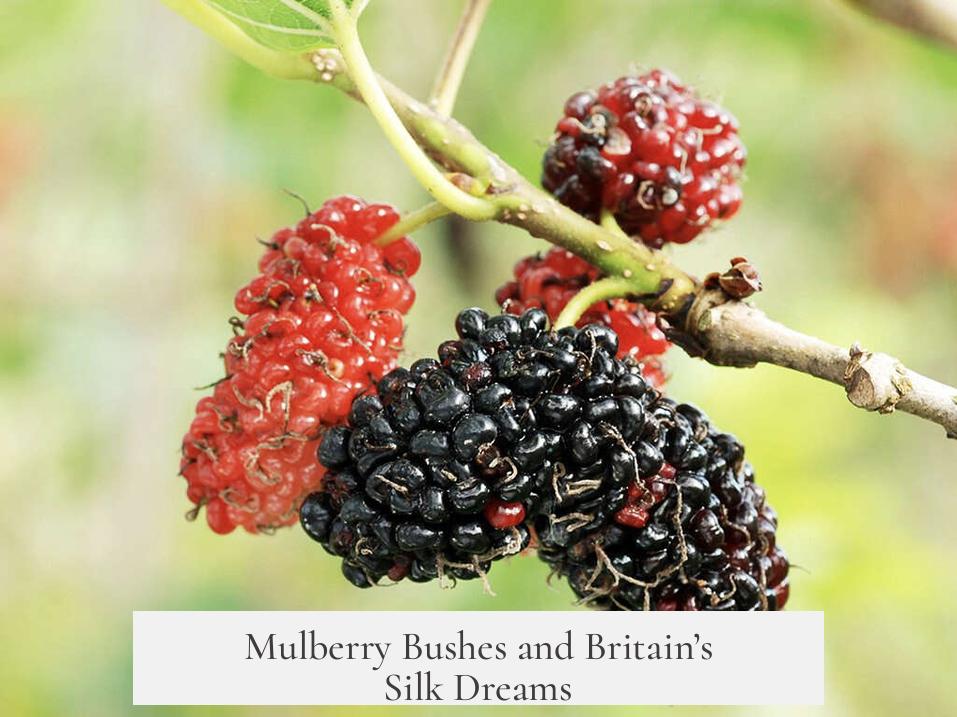
Another intriguing theory comes from Britain’s silk production history. Mulberry trees are essential for cultivating silkworms since these insects feed exclusively on mulberry leaves. Back in eighteenth and nineteenth-century Britain, there was a determined effort to develop a local silk industry, inspired by the exquisite Chinese silk tradition.
However, Britain’s cold climate frequently sabotaged these plans. Mulberry trees are sensitive to frost and often failed to thrive through harsh winters. This left Britain stuck in an awkward “almost but not quite” place for silk production.
Bill Bryson, in his sharp and witty style, suggests the nursery rhyme might be a tongue-in-cheek reference to this failed silk venture. The lyrics, “Here we go round the mulberry bush / On a cold and frosty morning,” could be a whimsical jab at the challenges farmers faced trying to keep their mulberry stakes alive. A biting slice of social history wrapped up in a children’s rhyme? Indeed.
Why Do These Old Nursery Rhymes Still Matter?
Besides satisfying curiosity, why should you care whether mulberries grow on bushes or trees, or where the rhyme came from? Because nursery rhymes are more than just kid’s tunes—they’re windows into historical realities.
Understanding these rhymes helps connect us to the past. It shows how rural life, prisons, failed industries, and everyday nature shaped culture and storytelling. Plus, it reminds us that even the simplest phrases can have rich, complex origins.
Here’s a practical takeaway: next time you see a mulberry bush (or tree!), you’ll know it’s not some nursery rhyme fantasy. You’re looking at a plant that’s been part of human stories for centuries. Use that trivia at your next party or with your kids. It’s a neat way to blend history, botany, and a bit of humor into a memorable moment.
Pop Goes the Weasel? A Fun Side Note
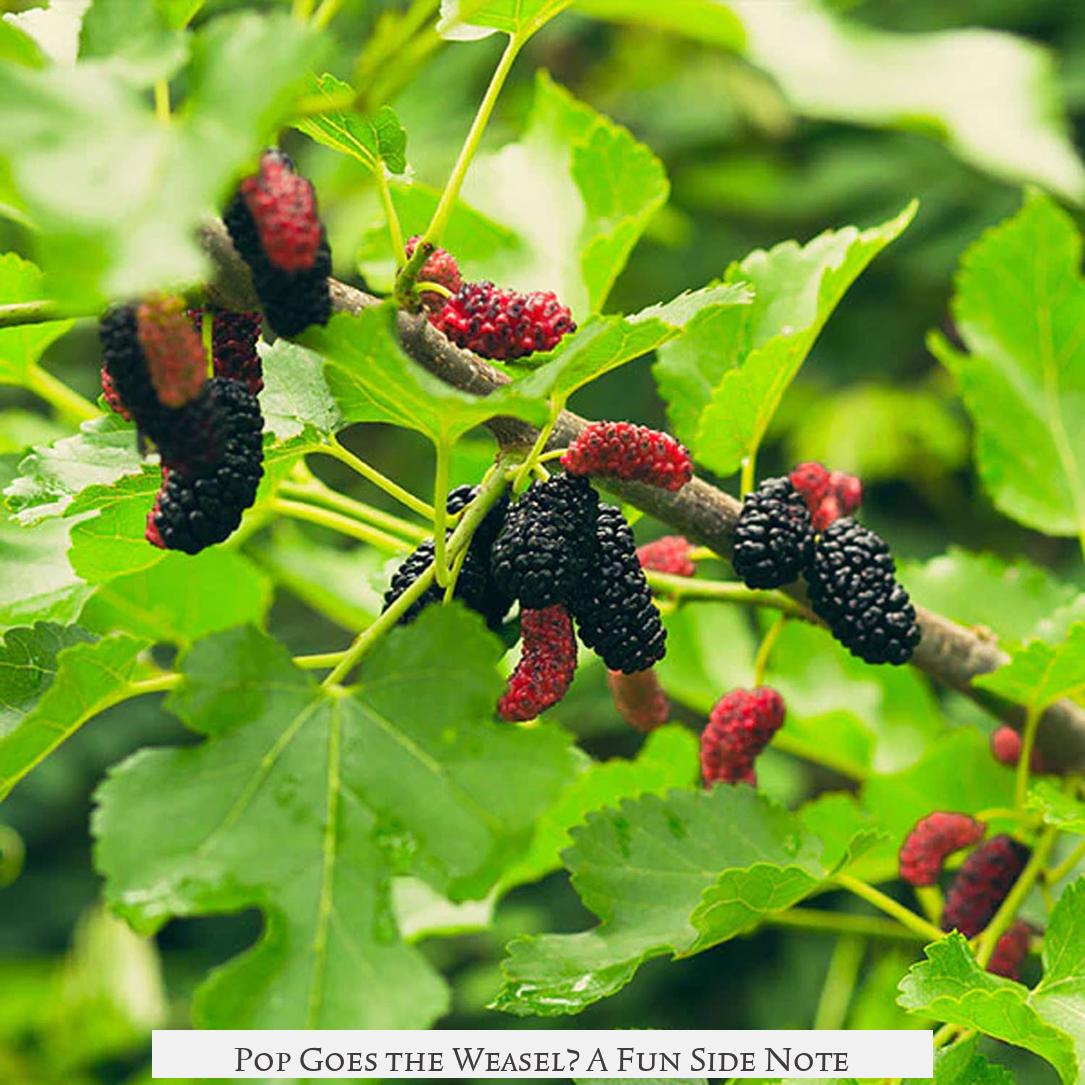
While on the subject of nursery rhymes featuring curious phrases, “Pop Goes the Weasel” also has a surprisingly everyday origin. It’s about pawning a Sunday best coat—nicknamed “weasel and stoat”—to buy food and drinks at a local tavern. The rhyme is less about animals and more about economic survival and social life.
Why include this? Because it reminds us that nursery rhymes often encoded real-life experiences, humor, and challenges in catchy, memorable tunes. They were not just for sweetness but for storytelling layered with social commentary.
In Summary: Mulberries on Bushes Are No Fantasy
The reason nursery rhymes commonly mention a “mulberry bush” is simple and fascinating: mulberries grow as bushes as well as trees. This botanical fact dispels the myth that the rhyme is based on an impossible plant.
Historical ties to Wakefield Prison and the struggles of Britain’s silk industry enrich the story behind the “mulberry bush.” These rhymes carry hidden histories and social commentary, reminding us how closely nature, culture, and everyday life are woven together.
So next time you hum “Here we go round the mulberry bush,” remember you’re joining a centuries-old chorus of children, prisoners, and silk farmers, all connected by a versatile plant that’s not just a tree but a bush. And that’s pretty cool.
